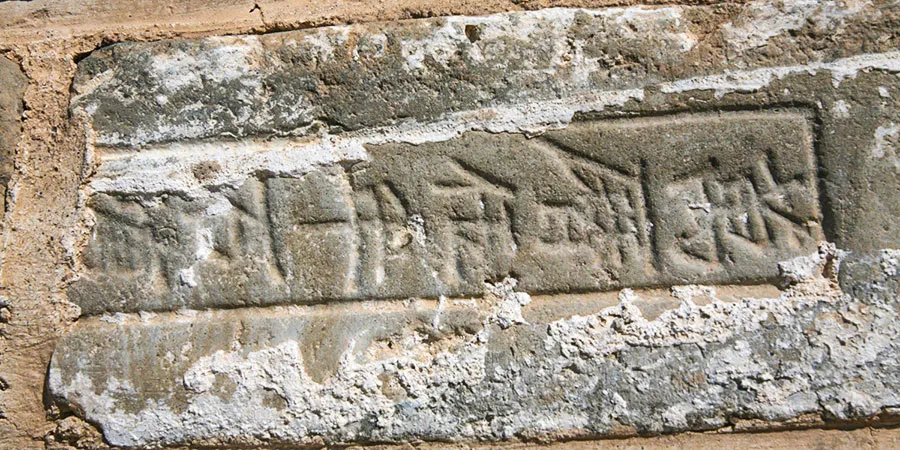Qiangzilu Great Wall
Nestled in Miyun County, in the northeastern suburbs of Beijing, the Qiangzilu Great Wall is approximately a two-hour drive from the city center. Surrounded by mountains and boasting a perilous terrain, it stands as a crucial pass on the Ming Great Wall. Its most remarkable and iconic trait is the “V”-shaped section concealed within the mountains. Positioned in a nearly 90-degree right-angled mountain ridge, this “V”-shaped part, when observed from afar, bears a resemblance to a victorious individual making a “V” sign.
Highlights of the Qiangzilu Great Wall
1. Three “V”-shaped Sections
When viewed from a distance, the Qiangzilu Great Wall is composed of two inverted “V”s on the left and right and a regular “V” in the middle, forming a large “M”. The side walls of each “V” section have an angle close to 90 degrees, standing vertically, presenting a scene of both peril and grandeur.
 |
| Qiangzilu Great Wall |
2. The Spired Watchtower – Gaojian Watchtower
The Spired Watchtower is the highest point of this section of the Great Wall. Just as its name suggests, it has a pointed top. This type of watchtower is quite different from the ordinary ones and catches the eye immediately.
3. Extended Short Walls
Another distinctive feature of the Qiangzilu Great Wall is the presence of short walls that extend eastward from the main north-south running wall at regular intervals. This design was ingeniously crafted to complement each other and enable crossfire during ancient battles. Such a construction structure is a rarity among the Great Wall sections in Beijing.
4. Bricks with Characters
 |
| Bricks with Characters |
How to Hike the Qiangzilu Great Wall?
 |
| Qiangzilu Great Wall |
Subsequently, follow the path north of Quanshuihe Village and head east. Soon, you will reach the foot of the Great Wall. Ascend along the undulating ridge. Although some sections are steep, the overall walkability is not overly difficult. After traversing the first watchtower, you will be awestruck by the “V”-shaped Great Wall before you. Its flawless shape and steep slope are truly breathtaking.
Next, continue descending to the lowest point of the “V” shape and then climb up. This part is extremely arduous and necessitates the use of both hands and feet. Keep ascending along the wall, and you will reach the highest point, the Spired Watchtower. The section of the Great Wall adjacent to the Spired Watchtower features protruding short walls and a profusion of inscribed bricks. You can have a short break here and admire these historical relics.
Then, follow the ridge on the west side to the watchtower opposite the “V” shape. This offers the optimal vantage point to view the “V”-shaped Great Wall. Subsequently, descend the Great Wall to the cement road and return to Beigou Village via Quanshuihe Village.
Note:
If you rent a private car for the hike, your starting and ending points are actually Quanshuihe Village, eliminating the need to cover the 3-kilometer (1.9-mile) cement road from Beigou Village to Quanshuihe Village. Consequently, the hiking distance is approximately 3 kilometers (1.9 miles), and it takes around 2.5 - 3 hours.
Ticket Price:
Free of charge
Opening Hours:
It is open all day, but for safety reasons it is recommended to go during the daytime.
When is the Best Time for a Visit?
The best time to hike the Qiangzilu Great Wall is from March to April. During this period, the temperature is clement, and apricot blossoms carpet the mountains in a sea of blooms. Combining hiking with flower-viewing makes your hiking trip all the more rewarding.
How to Get to Qiangzilu Great Wall from Beijing?
1. By Car Rental
Duration: 2 hours for a single journey
Cost: CNY 800 - 1,200 per day
Given that public transportation from Beijing to Qiangzilu Great Wall is rather time-consuming, taking about 4 hours, and the bus stop is still at some distance from the entrance of the hiking area of the Great Wall, it is advisable to hire a car with a driver. This option can significantly save time and shorten the hiking distance.
2. By Bus
Duration: 3.5 - 4 hours
Cost: CNY 24
- Firstly, take bus 980 Express from Dongzhimen Bus Station to Miyun Xinnongcun Station. The bus departs between 06:00 and 20:00 at 15-minute intervals.
- Then transfer to Bus No. Mi16 to Beigou Station, which departs from 06:30 to 17:40 every 40 minutes.
Tips and Notes
1. The stones of the Qiangzilu Great Wall are covered with moss, slippery, and some parts require climbing with the help of hands. It is recommended to wear anti-slip shoes and gloves.
2. On the way back, the last bus of Mi16 departs from Beigou Station at 17:00. If you miss the last bus, you can stay at a homestay in Beigou Village for one night, with prices ranging from CNY 200 to CNY 500.
You may like:
Recommended Tours
- Last updated on Apr. 11, 2025 by Sherry Xia -